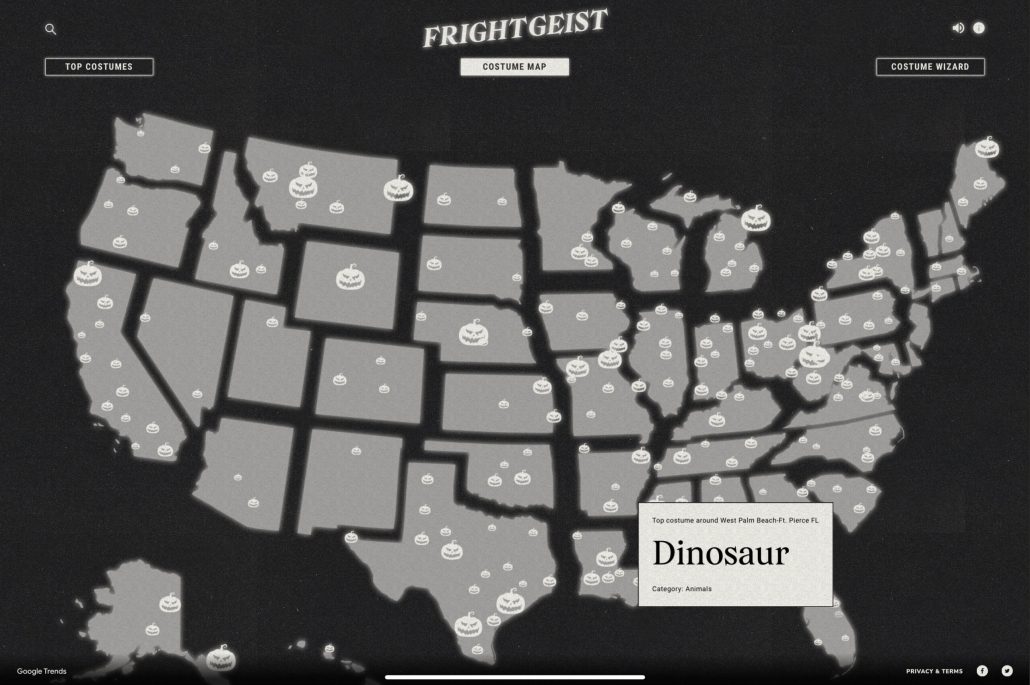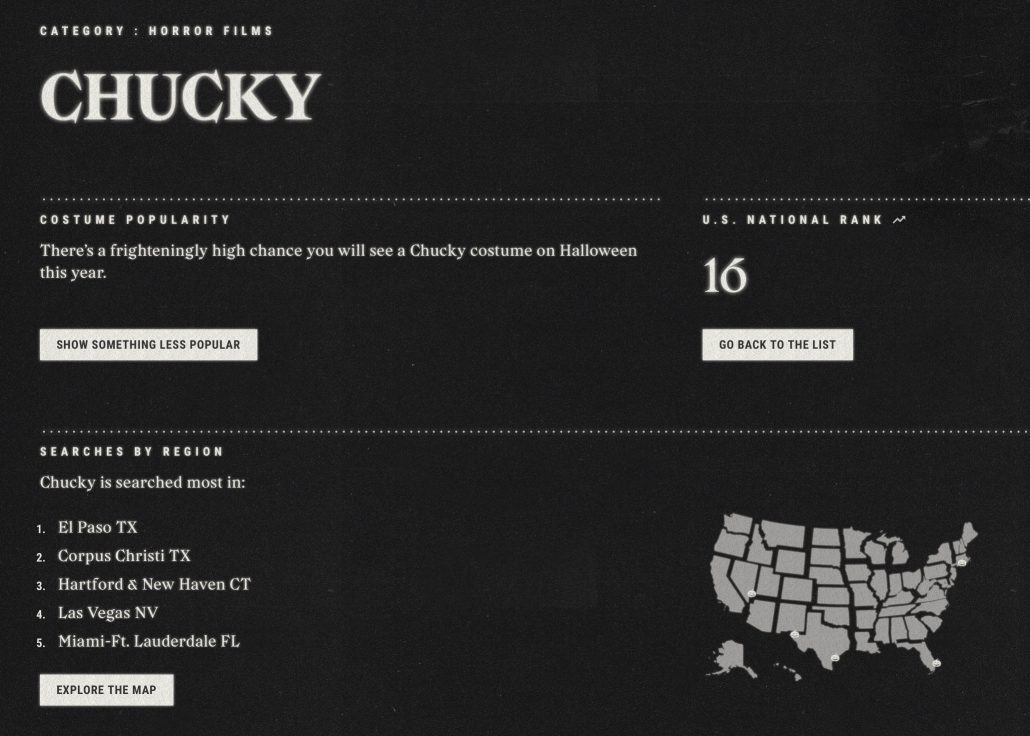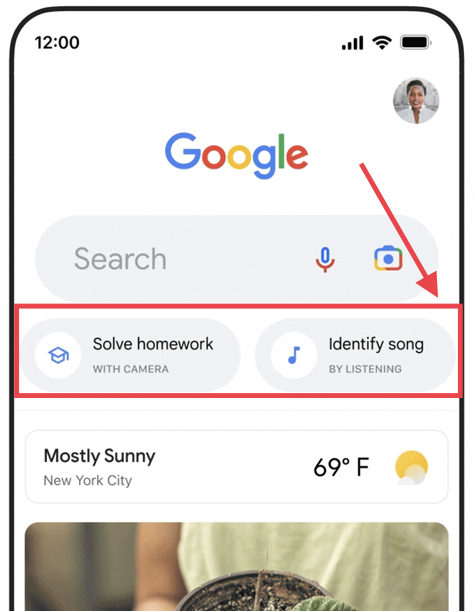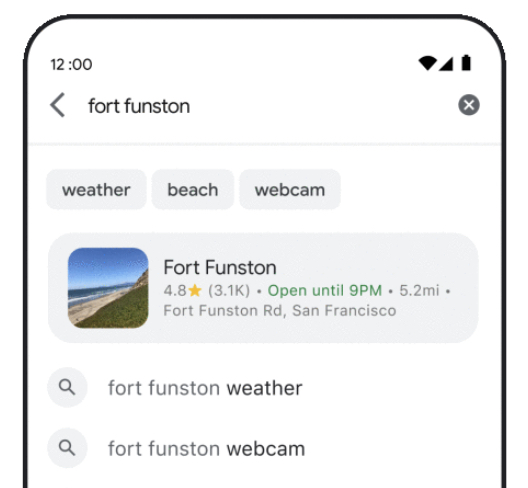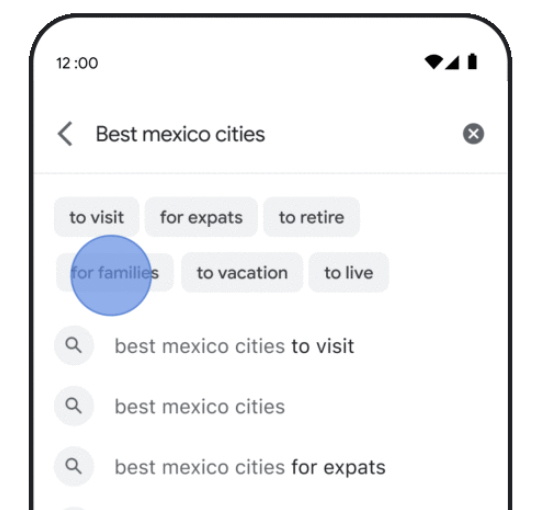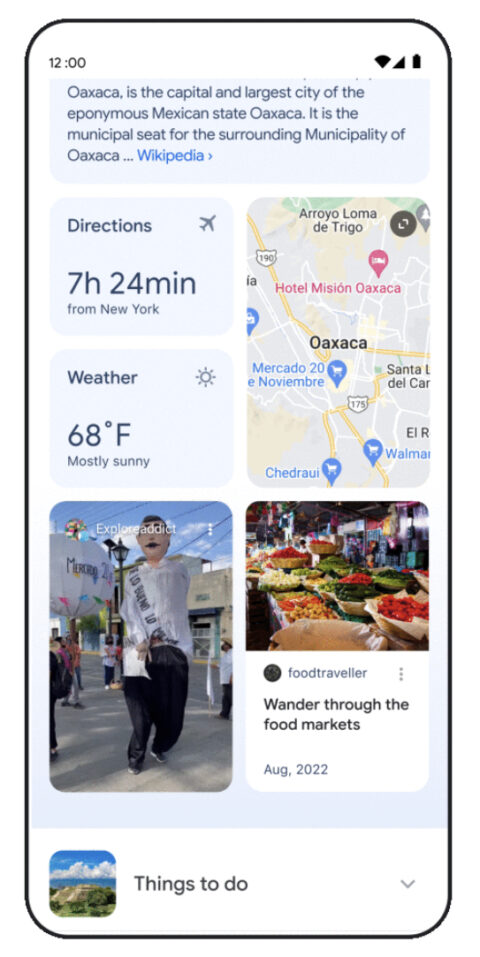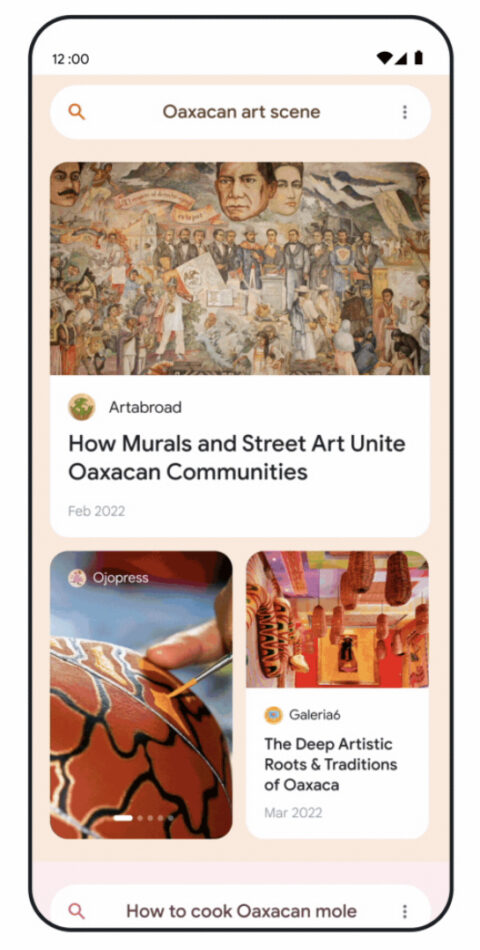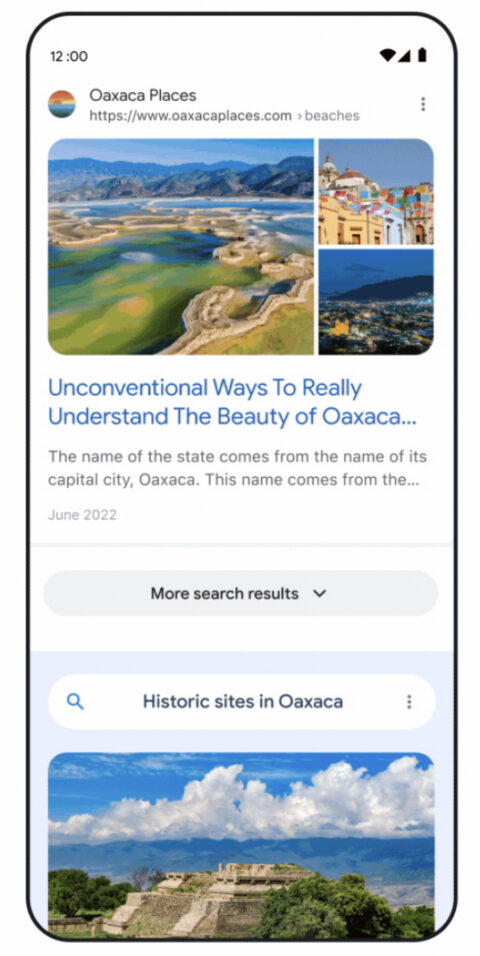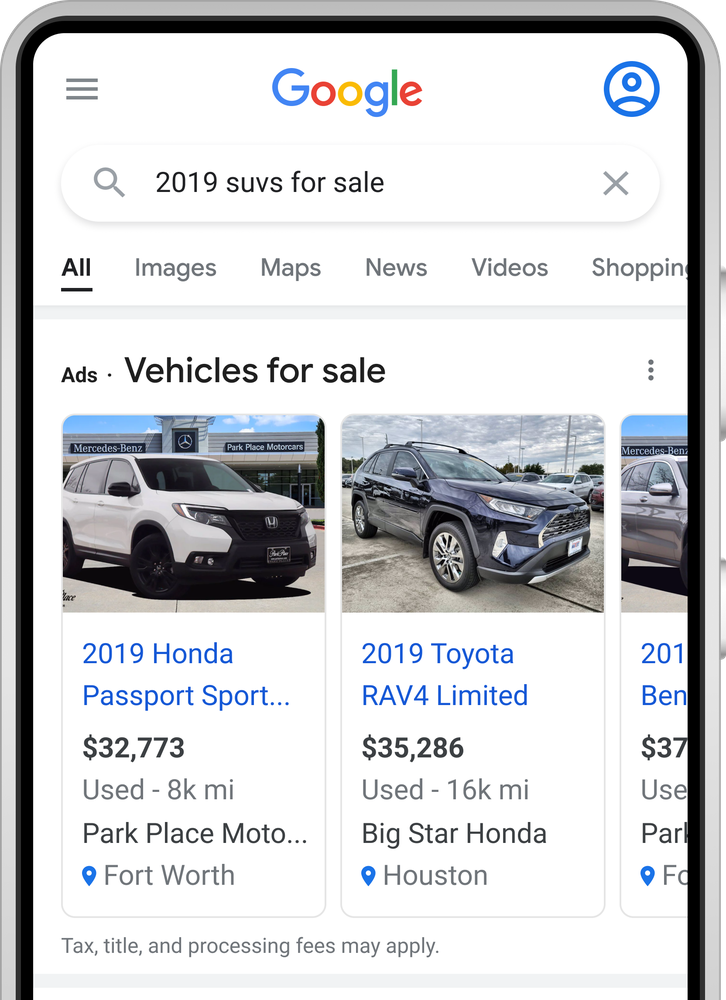Google continues to be relatively tight-lipped about its stance on AI-generated content, but a new statement from Google’s Danny Sullivan suggests the search engine may not be a fan.
Artificial Intelligence has become a hot-button issue over the past year, as AI tools have become more complex and widely available. In particular, the use of AI to generate everything from highly-detailed paintings to articles posted online has raised questions about the viability of AI content.
In the world of SEO, the biggest question about AI-generated content has been how Google would react to content written by AI systems.
Now, we have a bit of insight into how the search engine’s stance on AI-created content – as well as any content created solely for the purpose of ranking in search results.
In a Twitter thread, Google Search Liaison, Danny Sullivan, addressed AI-generated content, saying:
“Content created primarily for search engines, however it is done, is against our guidance. If content is helpful & created for people first, that’s not an issue.”
“Our spam policies also address spammy automatically-generated content, where we will take action if content is “generated through automated processes without regard for quality or user experience.”
Lastly, Sullivan says:
“For anyone who uses *any method* to generate a lot of content primarily for search rankings, our core systems look at many signals to reward content clea/rly demonstrating E-E-A-T (experience, expertise, authoritativeness, and trustworthiness).”
In other words, while it is possible to use AI to create your content and get Google’s stamp of approval, you are walking a very thin line. In most cases, having content produced by experts with experience providing useful information to those who want it will continue to be the best option for content marketing – no matter how smart the AI tool is.

